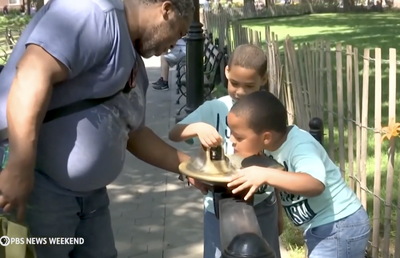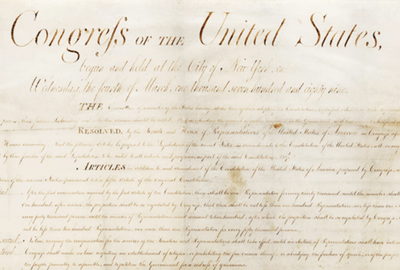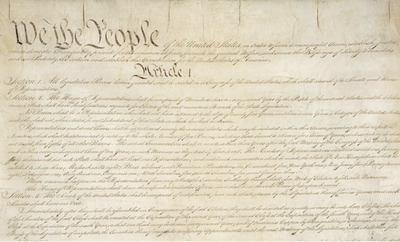For a Google doc version of this lesson, click here. You will be prompted to make a copy.
Introduction
The world is experiencing more days of extreme heat due to climate change, according to researchers. In another report from UNICEF, nearly half a billion children live in places around the world where there are at least twice the number of days that are 95 degrees or hotter than in the 1960s, creating serious health concerns for children, pregnant women and the elderly.
In this lesson, students will invent a personal cooling device that people can use on extremely hot days.
Grade level
6-8
Warm-up activity
Watch the video: How a rise in extreme heat threatens the health of children worldwide (transcript included).
Then watch this video: How to stay safe from the dangers of extreme heat (transcript included).
Class discussion question to get started:
- What are the dangers of extreme heat?
- Who is affected most by the extreme heat?
- What are some ways you cool down on a hot day?
Main activity
Your task: Invent a personal cooling device that people can use on these extremely hot days.
A. Design and planning
Questions to consider while designing and planning:
- How will your device help keep people cool?
- Will it require extra energy to use? (like batteries or electricity)
- How much money would it take to build? Is it cost effective?
- Are there other devices that are similar to yours already available?
- Who will most likely use your device?
B. Prototype and building
After you design your device, create a prototype. A prototype is like a "rough draft" or an early version of something you want to make. Imagine you want to create a new kind of toy. Before you make the final toy, you might create a prototype—a simple version of it—to see how it works. It doesn’t have to be perfect; it's just to help you figure out if your idea will work or if you need to make changes.
For example, if you're designing a new video game controller, you might build a prototype using cardboard and some buttons just to see how it feels in your hands before you make the real thing.
So, a prototype is like a first version of your idea that helps you test and improve it before making the final version!
C. Testing and iterating
When you are finished with your prototype, try it out!
- Does it cool you down? How can you test it?
- What modifications can you make to make it work better?
- Have your friends or a family member try it out. Is it easy to use? Do they have any suggestions to make it better?
D. Presentation and communication
Create a 30-second TV advertisement or a TikTok (share with us @newshourclassroom or on Instagram @newshourextra) to promote your invention. Be creative! Remember to convey the key components of your invention and how it will help keep people cool. Consider your target audience. Decide how much you would charge for your device.
Standards
NGSS MS-PS3-3 Energy: Apply scientific principles to design, construct, and test a device that either minimizes or maximizes thermal energy transfer.

About the author
Carolyn Walling graduated from Grinnell College with degrees in chemistry and Spanish and received her master’s degree in teaching at Drake University. Carolyn taught chemistry in Missouri and Iowa from 1994 to 2025. She also led her school’s National Honor Society and Science Fair team.
Sign up to receive our weekly newsletter with Daily News Lessons and community events.
To provide feedback on News Hour Classroom's resources, including this lesson, click here.






